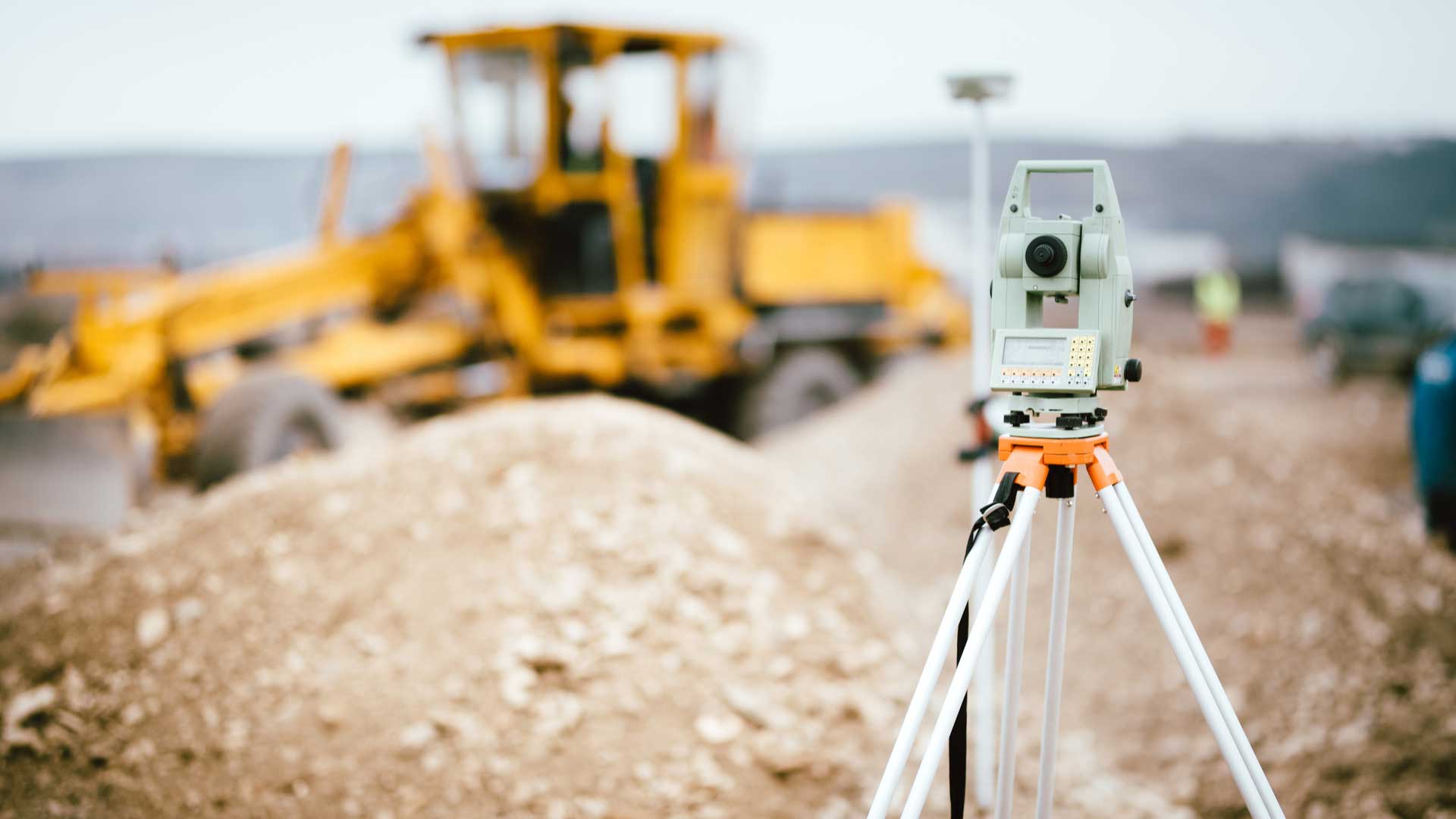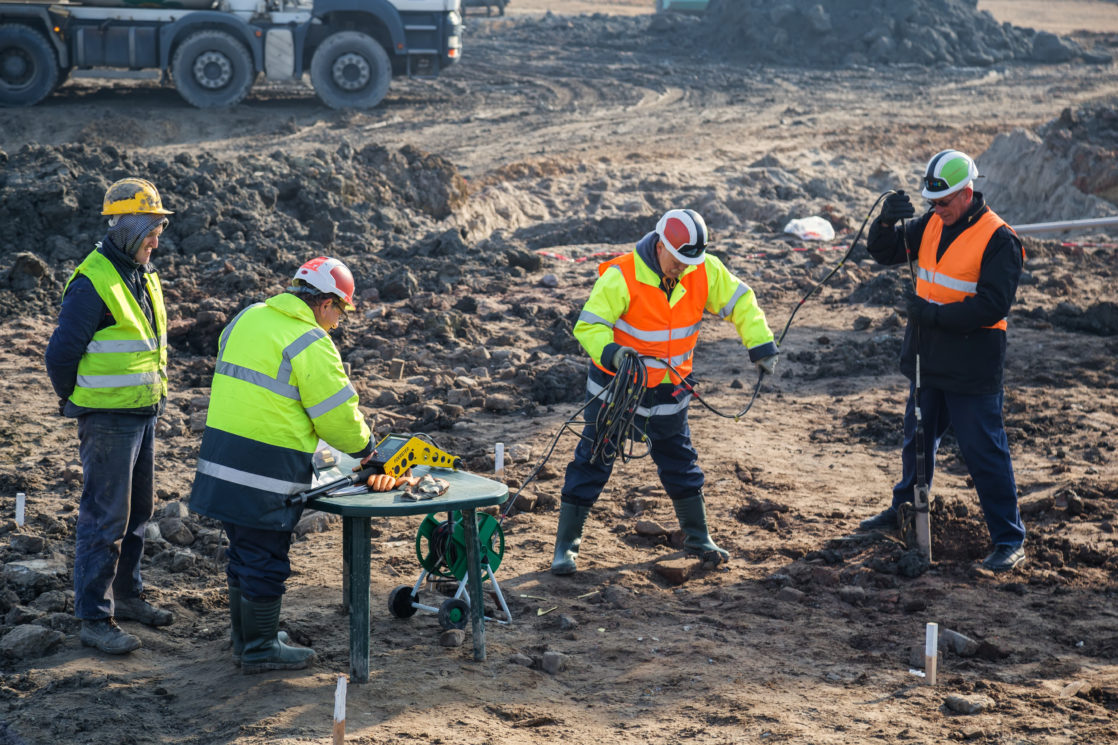Unlocking the Secrets of Geotechnical Engineering: A Comprehensive Guide
Welcome to our comprehensive guide on geotechnical engineering, where we unlock the secrets and mysteries of this fascinating field. From foundation design to earth structure analysis, geotechnical engineering plays a crucial role in ensuring the stability and safety of infrastructures like buildings, roads, and bridges.
In this article, we will delve into the principles, techniques, and applications of Sydney Geotechnical Engineering, providing you with a holistic understanding of the subject. Whether you're a student, a professional in the field, or simply curious about the forces that shape our physical world, this guide will serve as a valuable resource.
Importance of Geotechnical Engineering in Construction Projects

Geotechnical engineering is a critical aspect of construction projects, ensuring the stability and safety of structures. It involves analysing and understanding the properties of soil and rock, as well as their interaction with the built environment. This knowledge allows engineers to design appropriate foundations, mitigate risks, and prevent potential failures.
In construction, the foundation is the backbone of any structure. The foundation transfers the loads from the building to the ground, ensuring stability and preventing settlement. Geotechnical engineers conduct detailed investigations to determine the soil conditions and assess the suitability of the site for construction. By understanding the soil's properties, engineers can design foundations that can withstand the imposed loads and environmental conditions.
Additionally, geotechnical engineering plays a vital role in assessing and mitigating natural hazards such as earthquakes, landslides, and sinkholes. By studying the geological and geotechnical conditions of an area, engineers can identify potential risks and develop strategies to minimise their impact. This proactive approach helps to protect lives, property, and infrastructure.
Overall, geotechnical engineering is essential for the success and longevity of construction projects. It ensures the safety, stability, and functionality of structures and allows for sustainable development in a constantly changing environment.
Geotechnical Investigation and Site Characterisation
Before any construction project begins, a thorough geotechnical investigation is crucial to assess the site's suitability and understand the ground conditions. Geotechnical engineers conduct a series of tests and analyses to gather data about the soil and rock properties, groundwater conditions, and potential geotechnical hazards.
The investigation typically involves drilling boreholes and extracting soil samples, which are then analysed in the laboratory to determine their physical and mechanical properties. Geophysical surveys, such as seismic and electrical resistivity tests, may also be conducted to obtain additional information about the subsurface conditions.
Site characterisation involves interpreting the collected data and developing a geotechnical model of the site. This model helps engineers understand the site's behaviour under different loading conditions and enables them to make informed decisions regarding foundation design, slope stability, and other geotechnical aspects of the project.
By conducting a comprehensive geotechnical investigation and site characterisation, engineers can minimise risks, optimise design solutions, and ensure the long-term performance of the project.
Soil Mechanics and Properties
Soil mechanics is a branch of geotechnical engineering Sydney that focuses on the behavior of soils under various loading conditions. Understanding the properties of soil is essential for designing foundations, analyzing slopes, and predicting ground movements.
Soil is a complex material composed of solid particles, water, and air. Its behavior is influenced by factors such as grain size, mineral composition, moisture content, and compaction. Geotechnical engineers study these properties to determine the soil's strength, compressibility, permeability, and shear resistance.
The knowledge of soil mechanics allows engineers to design foundations that can safely support the imposed loads. For example, cohesive soils like clay have different properties than granular soils like sand. Engineers consider these differences when designing foundations to prevent excessive settlement or failure.
Soil mechanics also play a crucial role in slope stability analysis. By understanding the shear strength of the soil and the forces acting on a slope, engineers can assess the stability of natural slopes or man-made embankments. This knowledge is essential for preventing landslides and ensuring the safety of infrastructure built on slopes.
By studying soil mechanics and properties, geotechnical engineers can make informed decisions regarding foundation design, slope stability, and other geotechnical aspects of a project. This knowledge is crucial for ensuring the safety and stability of structures in a variety of geological and environmental conditions.
Rock Mechanics and Properties
Rock mechanics is a branch of geotechnical engineering that deals with the behaviour of rocks under various loading conditions. Rocks are essential components of the Earth's crust and play a significant role in the stability of slopes, tunnels, and underground structures.
Similar to soil mechanics, rock mechanics involves studying the physical and mechanical properties of rocks. These properties include strength, deformability, and fracture characteristics. Engineers use this knowledge to design stable excavations, support underground structures, and assess the stability of rock slopes.
Different types of rock exhibit different properties. For example, igneous rocks like granite have high compressive strength and are suitable for constructing tunnels and dams. On the other hand, sedimentary rocks like shale may have lower strength and require additional support in underground excavations.
Understanding rock mechanics is crucial for assessing the stability of rock slopes and designing appropriate stabilisation measures. Engineers use analytical and numerical models to predict the behaviour of rock masses under various loading conditions, enabling them to make informed decisions regarding slope stability and rock reinforcement.
By studying rock mechanics and properties, geotechnical engineers can ensure the safety and stability of structures built in rock formations. This knowledge allows them to design effective support systems and mitigate potential risks associated with rock behaviour.

Foundation Design and Analysis
Foundation design is a fundamental aspect of geotechnical engineering, as it is responsible for transferring the load of a structure to the underlying soil or rock. The design process involves considering the characteristics of the soil or rock, the imposed loads, and the desired performance of the structure.
There are various types of foundations, including shallow foundations, deep foundations, and specialised foundations. The choice of foundation depends on factors such as the soil conditions, the type of structure, and the magnitude of the loads.
Shallow foundations, such as spread footings and mat foundations, are used when the soil near the surface has sufficient bearing capacity to support the loads. Deep foundations, such as piles and drilled shafts, are used when the soil near the surface is weak or when the loads are substantial.
Foundation design also involves considering factors such as settlement and lateral stability. Settlement refers to the vertical movement of the foundation due to the consolidation of the underlying soil. Lateral stability refers to the ability of the foundation to resist horizontal forces, such as wind or seismic loads.
Geotechnical engineers use various analytical and numerical methods to design foundations.
These methods consider factors such as soil properties, loadings, and safety factors. By designing appropriate foundations, engineers ensure the stability, safety, and longevity of structures.
Conclusion
As technology advances and new challenges arise, the field of geotechnical engineering Sydney continues to evolve. Emerging trends are shaping the future of the discipline, opening up new opportunities for innovation and improvement.
One of the key trends in geotechnical engineering is the use of advanced sensing and monitoring technologies. These technologies allow engineers to obtain real-time data about soil and structural behaviour, enabling them to make informed decisions and respond to changing conditions.
Another trend is the adoption of geosynthetic materials in various geotechnical applications. Geosynthetics, such as geotextiles and geomembranes, offer enhanced performance and durability compared to traditional materials. They are used in areas such as soil stabilisation, erosion control, and landfill design.
The incorporation of sustainability principles into geotechnical engineering practices is also gaining prominence. Engineers are increasingly considering the environmental impact of their designs, aiming to minimise resource consumption, reduce waste generation, and promote sustainable construction practices.
Comments
Post a Comment